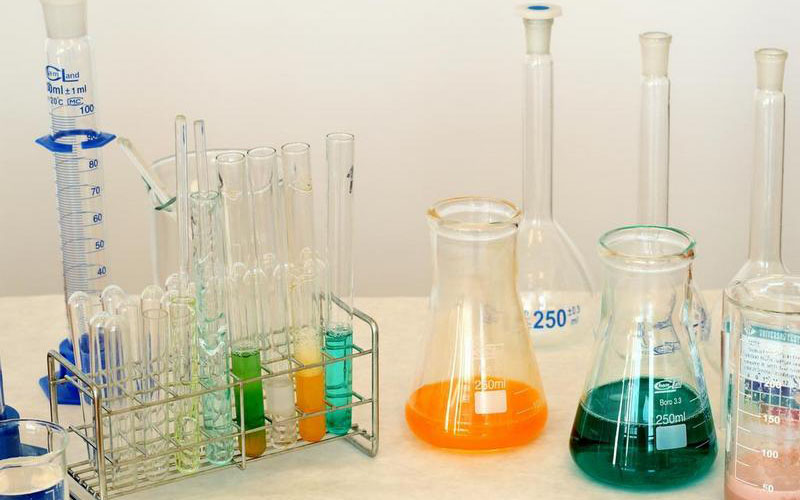Do You Know All 17 Of The Most Toxic Reagents In The Lab(3-6)
3. DEPC
DEPC (diethylprocarbonate), which can inactivate various proteins, is a strong inhibitor of RNA enzyme. DEPC is a potential carcinogen. It should be performed in ventilated conditions and avoid contact with skin.
DEPC is not very toxic, but inhalation is the most toxic, wear a mask when using. Wash away immediately. RNase AwayTM is an easy, inexpensive and non-toxic alternative to DEPC. Simply pour RNaseAwayTM directly onto the surface of glassware and plastic ware and rinse away with water after soaking. The RNase can be quickly removed from the surface of the ware without remaining and interfering with subsequent experiments.
4. Acrylamide
It is a moderately toxic substance that can be absorbed through the skin and enter the human body through the respiratory tract. Therefore, you must wear protective equipment during handling and use, such as respirator suit, respirator mask and respirator gloves. The harm of acrylamide is mainly caused by the toxicity of god, but also reproductive, developmental toxicity.
Neurotoxic effects are manifested by peripheral neurodegenerative changes and degenerative changes in parts of the brain involved in learning, memory and other cognitive functions. Tests have also shown that acrylamide is a possible carcinogen. Epidemiological observations in occupational exposed populations have shown that long-term low dose exposure to acrylamide can cause symptoms such as drowsiness, changes in mood and memory, hallucinations and tremors. Accompanied by peripheral neuropathy like a glove sensation, sweating, and muscle weakness. Cumulative toxicity, not easy to detox.
Anyone who has any of the following can be listed as the object of observation for chronic acrylamide poisoning.
a. The local skin exposed to acrylamide appears sweaty, damp and cold, peeling and erythema;
b. Symptoms of extremity numbness, tingling, lower limb weakness, lethargy, etc.;
c. Neuro-electromyography shows suspicious neurogenic lesion.
5. Nn-methyl-diacrylamide
Toxic, affects the central nervous system, do not inhale the powder.
6.DTT
dithiothreitol
A very strong reducing agent with an unpleasant odor. Can be hazardous to health by inhalation, ingestion or skin absorption. When using solid or high concentration storage solution, wear gloves and goggles and operate in a fume hood.
